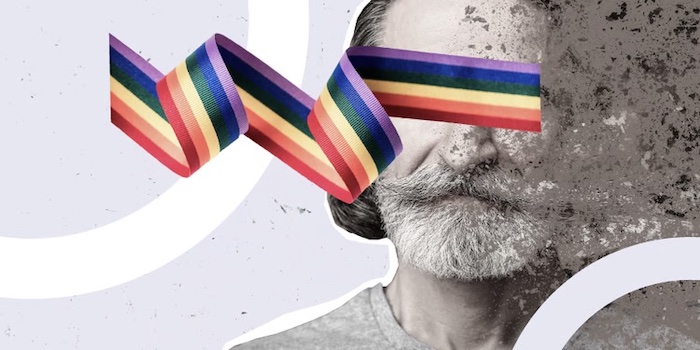
By Holly Vossel
Aging LGBTQ+ populations have few options for quality end-of-life care – particularly those in rural areas – and hospices are ramping up efforts to reach them.
Access to hospice can be challenging for many seniors in remote or rural regions. Terminally ill seniors in these locales often experience higher levels of loneliness and isolation at the end-of-life due to a lack of nearby hospices or support from family caregivers.
This isolation can be compounded for LGBTQ+ seniors with terminal and serious illnesses, according to Dr. Jennifer Ritzau, vice president of medical staff services at HopeHealth, a Rhode Island-based hospice, palliative and home care provider. She also serves as medical director of palliative care at the nonprofit organization.
“I think one of the things that feels like the tip of the iceberg for my team is loneliness and hopelessness,” Ritzau told Hospice News during the Palliative Care Executive Webinar Series. “I think increasingly in our world, sadly, many rural people are alone. I think especially LGBTQ+ elders end up alone. There are lots of places where we see that words and actions fail in being loving and supportive in that part of their life.”
LGBTQ+ communities have historically faced discrimination across the care continuum, leading to fear and mistrust that complicate their ability to access hospice and palliative care professionals, Ritzau indicated. These issues can be even more challenging for LGBTQ+ seniors than other social determinants of health such as socio-economic status, she said.
“There are resources for some other [social determinants], but when someone really has nobody that is a harder one to solve sometimes. You and your team can’t be there for them 24/7,” Ritzau said. “It is really hard [for clinicians] to walk out of that house, close the door and know that nobody’s coming back until you do later.”
The dangers of isolation
Roughly 3 million LGBTQ+ adults live in rural areas across the United States, representing nearly 20% of the nation’s overall population of this community, according to a study from the Movement Advancement Project.
Though more hospices are trying to improve access to end-of-life care among underserved communities, more work is needed to ensure LGBTQ+ seniors have quality experiences, according to Dr. Michael Barnett, hospice and palliative physician at Four Seasons. The North Carolina-based organization provides adult and pediatric hospice and palliative care across three counties in western regions of the state.
Hospices stand to improve upon their recognition and understanding of what the LGBTQ+ rural community looks like and what challenges they often have as they age, Barnett indicated.
In addition to having smaller social circles of family and friend caretakers, LGBTQ+ individuals in rural areas can also have fewer hospice providers available in their geographic regions, he said. These isolation issues are layered by the practical challenges of rural living that can create barriers to end-of-life care such as spotty internet and phone connectivity, Barnett stated.
“As seriously ill LGBTQ+ adults get sicker, they’re increasingly isolated from an outside world that gets much smaller as they’re able to do less,” Barnett told Hospice News. “And that’s even harder for rural areas where patients can sometimes have little to no cellphone coverage or internet access. They’re disconnected socially, physically and distanced from medical support structures.”
As seriously ill LGBTQ+ adults get sicker, they’re increasingly isolated from an outside world that gets much smaller as they’re able to do less. And that’s even harder for rural areas where patients can sometimes have little to no cellphone coverage or internet access. They’re disconnected socially, physically and distanced from medical support structures.
– Dr. Michael Barnett, hospice and palliative physician, Four Seasons
Though telehealth can be a window into the worlds of rural-based hospice patients, it can also represent a barrier for LGBTQ+ individuals who may lack connectivity, as well as the trust to confide in health professionals, Barnett added.
“We’ve come to rely on technology for support, but that’s a real issue for LGBTQ+ seniors who are already experiencing technical challenges, let alone trust factors and isolation,” he said. “It’s looking at the real issues of this broader community in a whole different context.”
Gender-affirming hospice care hard to find
Not only are hospices in rural regions often stretched thin in terms of available clinical resources, they can also face regulatory challenges around providing gender-affirming training for staff. Evolving state laws represent a key challenge in striving toward more gender-affirming hospice care.
Some states have recently passed legislation banning the delivery of gender-affirming care including Idaho, Indiana, Mississippi and Tennessee, among others
About 574 bills have been introduced thus far in 2023 across 49 states nationwide that include legislation related to transgender rights, according to the Trans Legislation Tracker. Around 83 of these laws have passed, 366 are actively in consideration and 125 were blocked, the data showed.
Many of the states with some form of these laws in place have large rural regions with several pockets of seniors, including LGBTQ+ communities that may be less than well-known among providers due to fear of discrimination, according to Barnett.
“It’s still fairly common to hear hospices say, ‘I don’t really have many gay or transgender patients in my community,’” Barnett said. “The truth is, you do, and many of these aging LGBTQ+ adults have never had affirming health care providers. They come from generations where gay activity was criminal or treated as a pathologic mental illness. So to suddenly expect them to be open and create that safe space of respect, quality and a good death is a big challenge, especially in rural regions where they’ve often been mistreated by bias in their own communities.”
Despite regulations within their geographic service regions, hospices must recognize the importance of ensuring that staff at all levels are trained and educated in gender-affirming care, along with the leading reasons behind disparities among LGBTQ+ communities, according to Kimberly Acquaviva, social worker and professor at the University of Virginia’s School of Nursing.
Having interdisciplinary teams that are trained in gender-affirming health care delivery practices is a crucial part of breaking down barriers among underserved LGBTQ+ seniors, Acquaviva said. This type of training is a large responsibility for leaders to instill in their code of ethics and training policies to avoid discriminatory practices, she stated.
“They absolutely have to bring attention to human rights violations,” Acquaviva said during a recent American Academy of Hospice and Palliative Medicine webinar. “Nurses have a right to speak out. Social workers also have an obligation to engage in advocacy [and] should engage in political and social action that seeks to ensure all people have equal access to resources, services and opportunities they require to meet their basic human needs. Chaplains [and] spiritual care professionals are accountable to the public faith community, employers and professionals [and] must promote justice in relationship with others in their institutions and in society.”
How to improve
Hospices seeking to address this issue need to provide employee training that has “hard empathy pieces” woven throughout, according to Barnett.
Important training elements include teaching staff about the intersectionality of community structures and social determinants that add to layers of stress, discrimination and health inequities around sexuality, gender and class, he said. This allows staff to see how these factors “stack on top of one another” in the dying process for LGBTQ+ seniors, Barnett stated.
Hospices can also instill clear nondiscrimination policies and ensure staff understand how these apply to their roles, he said. Having a staff that includes representatives of the LGBTQ+ community can also improve reach among this group through trust building and understanding, Barnett stated.
“It’s about being thoughtful of how we train on these practical and discriminatory issues. It’s also being thoughtful about hiring LGBTQ+ staff,” Barnett told Hospice News. “Seeing someone in their care team that represent themselves in some way allows them to have the language and comfort level. These things will go a long way in responding and speaking to the suffering at the end of life.”
Hospices that invest in gender-affirming care delivery improvement stand to gain in terms of improved quality, reach and utilization of their services among LGBTQ+ seniors, according to Ben Marcantonio, COO and interim CEO for the National Hospice and Palliative Care Organization (NHPCO).
Focusing on these and other underserved populations can be part of how hospices shape their strategic growth plans, Marcantio said. Hospices that actively focus on quality measures aimed at reducing health inequities have demonstrated improved outcomes among these communities, he indicated.
“The key areas of focus right now in progressing those measures towards improved goals of serving underserved communities that hospices are doing is reflected in both their strategic plan and direction, the implementation and the execution of those,” Marcantio told Hospice News. “That’s where a lot of this work gets done where there’s evidence that organizations are committed to and carrying out those should be noted. It’s having measurable outcomes demonstrating that there is an increased impact in the community in the percentage of, for example, Latino, African American or LGBTQ+ community members now being served in relation to their presence in the population of that given region or or community.”
Complete Article ↪HERE↩!

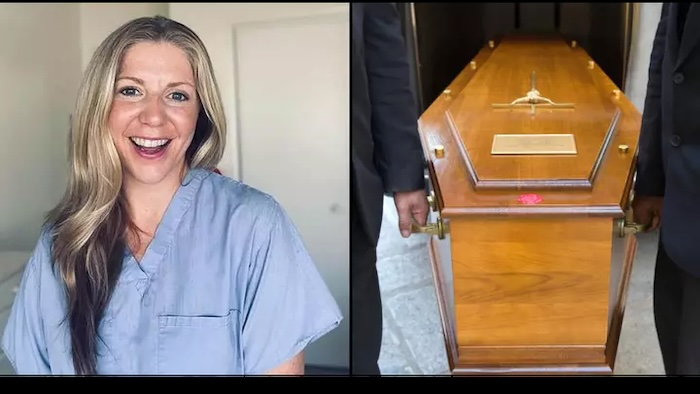

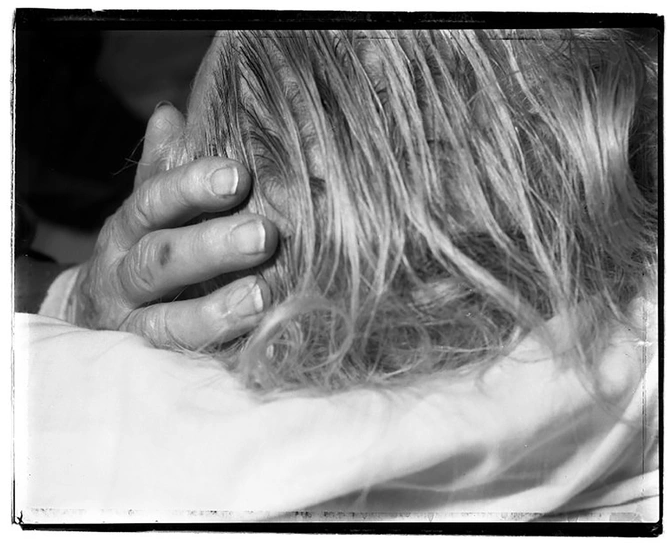

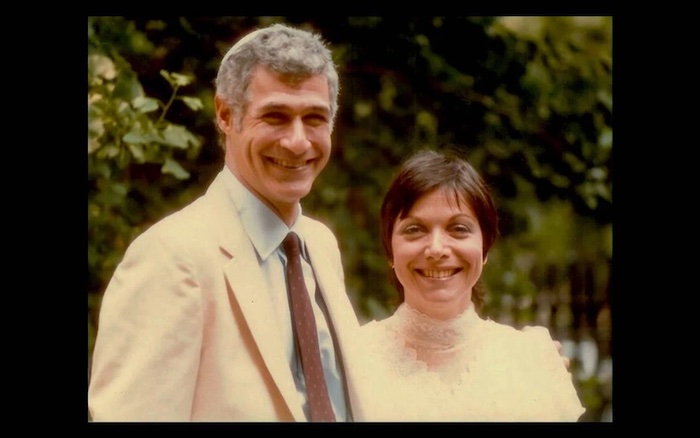
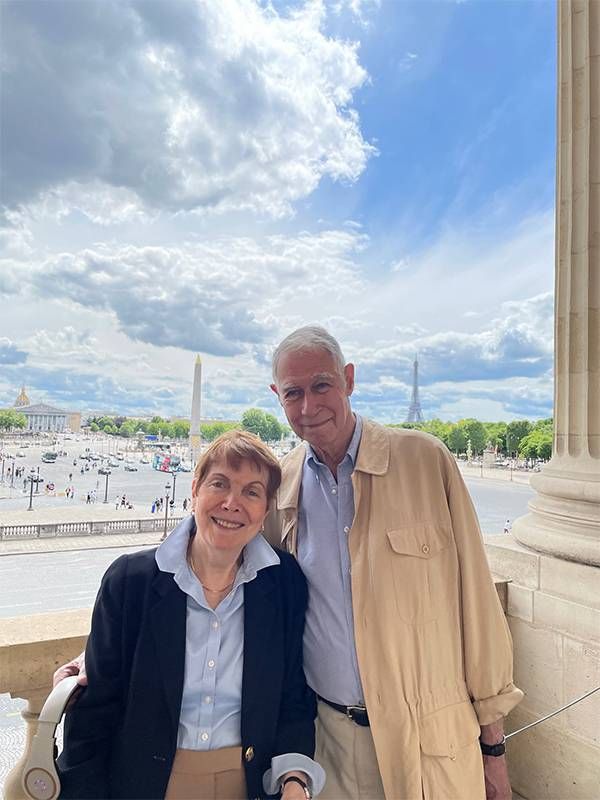
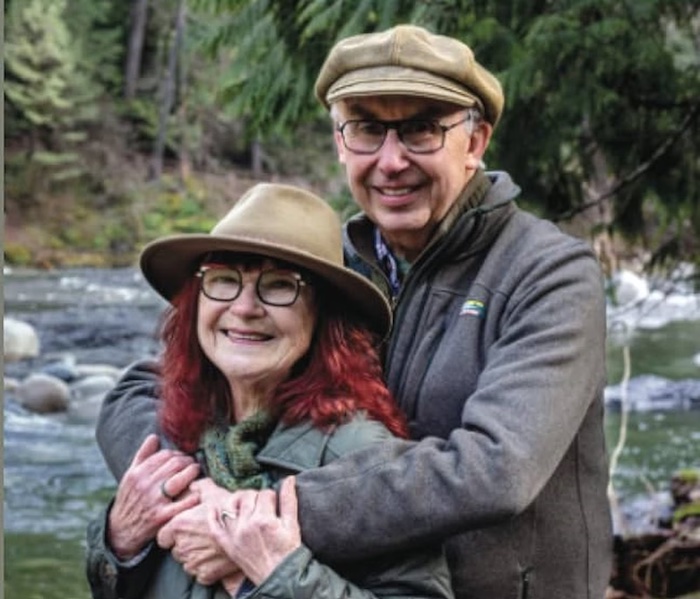
:quality(70)/cloudfront-eu-central-1.images.arcpublishing.com/irishtimes/CKIPYSQKWRGVDCLSLU4Z6J6HLA.JPG)
:quality(70)/cloudfront-eu-central-1.images.arcpublishing.com/irishtimes/DKJWNBS4RZGPPNUFB2BW7KJRME.jpg)
:quality(70)/cloudfront-eu-central-1.images.arcpublishing.com/irishtimes/Q3P2A2FZFZAPFJDLMA3YG3GH2E.JPG)
